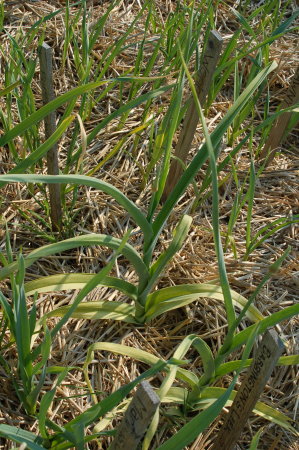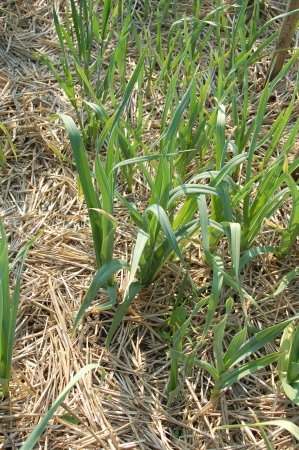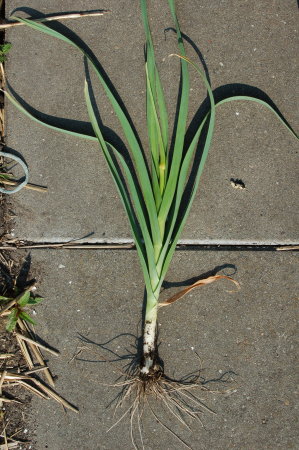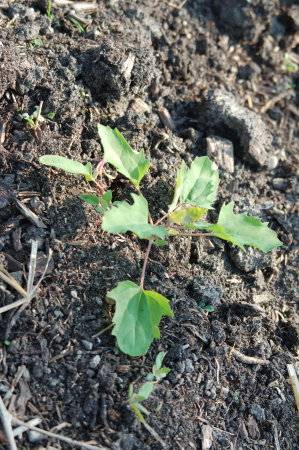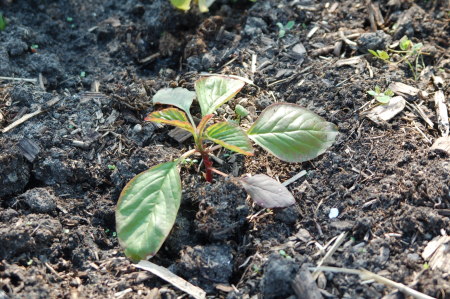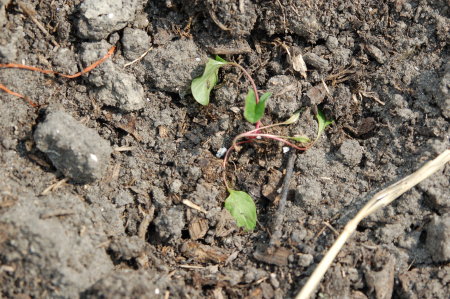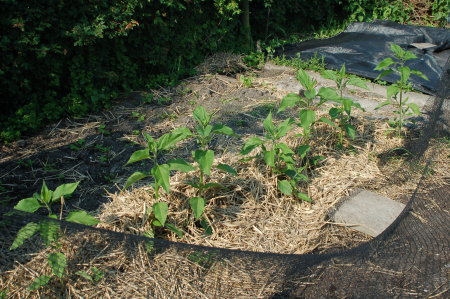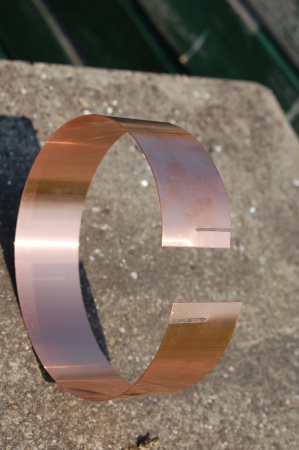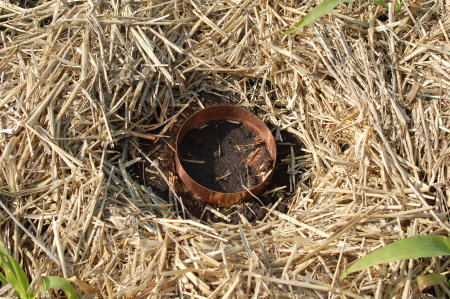One of my gardening buddies in the community garden is a recent refugee from Afghanistan, and he brought what looks like an interesting leek with him. It doesn’t have a name, ‘Afghani Leek’ is my name. He’s given me some plants, and this is what I have growing in my garden now:
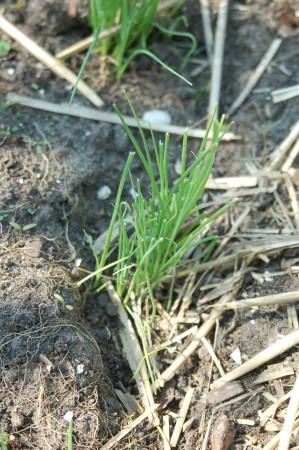
I know to some of you this won’t look like a leek, but don’t be fooled by first impressions! Even though it looks like chives or something similar, it’s not, it’s a leek.
You have to understand my method of communication with this gardener is Dutch, which is neither of our first languages. It’s sometimes hard to understand him.
What I understand is that I first have to let it grow in a clump, but use a pair of scissors from time to time and trim the top. After a while, most of the shoots will rot and die, and I’ll be left with one larger one. He says you can eat the trimmings, and they do taste like leek!
This is a picture of his garden where he has it growing:
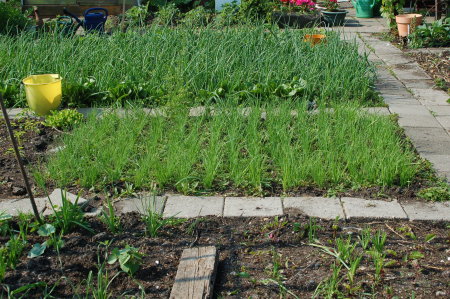
The middle bed is full of clumps of these leek plants.
Here is a close-up of one of his more mature plants:
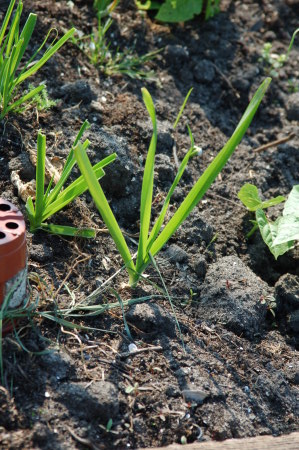
Has anyone else ever seen anything like this?
Hopefully I’ll have some seeds soon if anyone else wants to try growing it.


